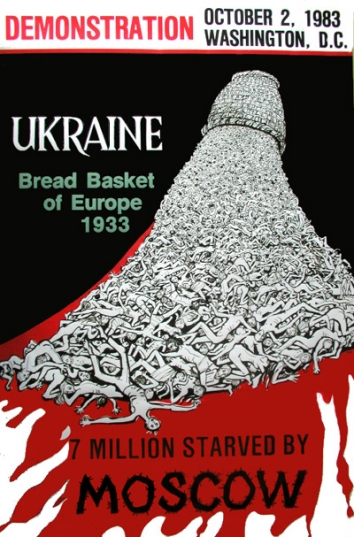Featured Galleries USUBC COLLECTION OF OVER 160 UKRAINE HISTORIC NEWS PHOTOGRAPHS 1918-1997
 Holodomor Posters
Holodomor Posters

UKRAINE ADOPTS GUIDELINES ON DEFINITION OF CONTROL
 Asters, Kyiv, Ukraine,
Asters, Kyiv, Ukraine,
Tue, Nov 13, 2018
The Antimonopoly Committee of Ukraine (AMC) adopted Guidelines on definition of control, replacing the 2002 AMC methodology regarding the same.
The aim is to consolidate AMC practice on the definition and assessment of control. Although the document is not legally binding, it provides valuable comprehensive guidance on how AMC will treat different transaction structures and explains rules applicable to specific deals. In general, the Guidelines closely follow the lines of the EU Consolidated Jurisdictional Notice.
Most notable points of the Guidelines are set out below:
- Concept of control. The Guidelines contain the concept of control that is similar to the one in EU competition law. In particular, AMC:
(i) reminds that "control" is constituted by rights, contracts or any other means (e.g. strong economic dependence) that confer the possibility of exercising "decisive influence" on the target;
(ii) distinguishes between negative and positive sole control. Negative control arises where a shareholder has veto rights for strategic decisions, but cannot adopt such decisions independently;
(iii) recognizes the difference between de jure and de facto types of sole control. It is explained that, in contrast to de jure control, de facto control may arise due to specific case-by-case circumstances (for instance, a minority shareholder's may have decisive influence at the GSM level relying on prospective assessment of past shareholder participation/voting patterns);
(iv) clarifies which veto rights may be treated as granting control. Under the Guidelines, veto rights over budget, business plan, strategic investments, appointment of senior management, and/or activity on certain markets will generally be regarded as giving rise to control.
- Changes in the quality of control. The Guidelines further clarify that change in the quality of control occurs in situations where there is (i) a change from sole to joint control or vice versa, or (ii) an increase in the number or a change in the identity of controlling shareholders. No changes in the quality of control arise in case of a switch from negative to positive sole control, or changes in the level of shareholdings of the same controlling shareholders, provided powers they have remain the same.
- Control through investment funds. AMC explains some general features how acquisitions of control by investment funds will be treated. In particular, the investment company would normally be considered as indirectly acquiring control over the target company – as opposed to a fund that acts as an investment vehicle.
- Assessment of outsourcing arrangements. AMC also mentions that certain outsourcing deals may qualify as acquisition of control. This may be the case where an outsourcing client transfers associated assets and/or personnel to a service supplier, and such transfer allows the service supplier to gain a market presence beyond the outsourcing client, or to build up such a presence within a short timeframe.
- Transfers of intellectual property. Transfer of licenses may also result in acquisition of control, where a license (i) is granted for a long (usually not less than 1 year) or an unlimited term, and (ii) allows the acquirer to build up a business with a market presence.
For further information please contact Alexey Pustovit, Igor Svechkar, Tetiana Vovk, or Nadiia Dmytrenko.
Share










